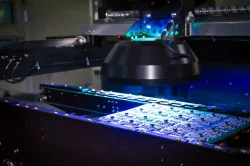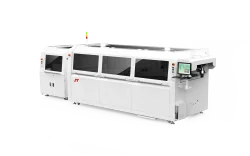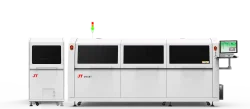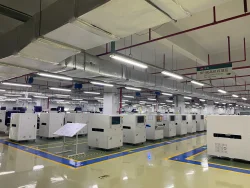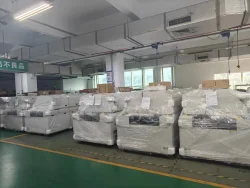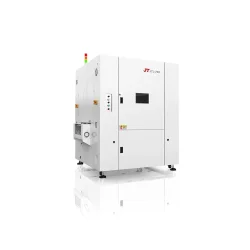Reflow Soldering Temperature: Learn How To Do It
2023-03-08
Reflow soldering is a technique that involves applying solder paste to a PCB's contact pads, mounting the components, and then melting the solder paste to connect the electrical components. And reflow soldering temperature is something essential that one needs to properly manage while going through the process.
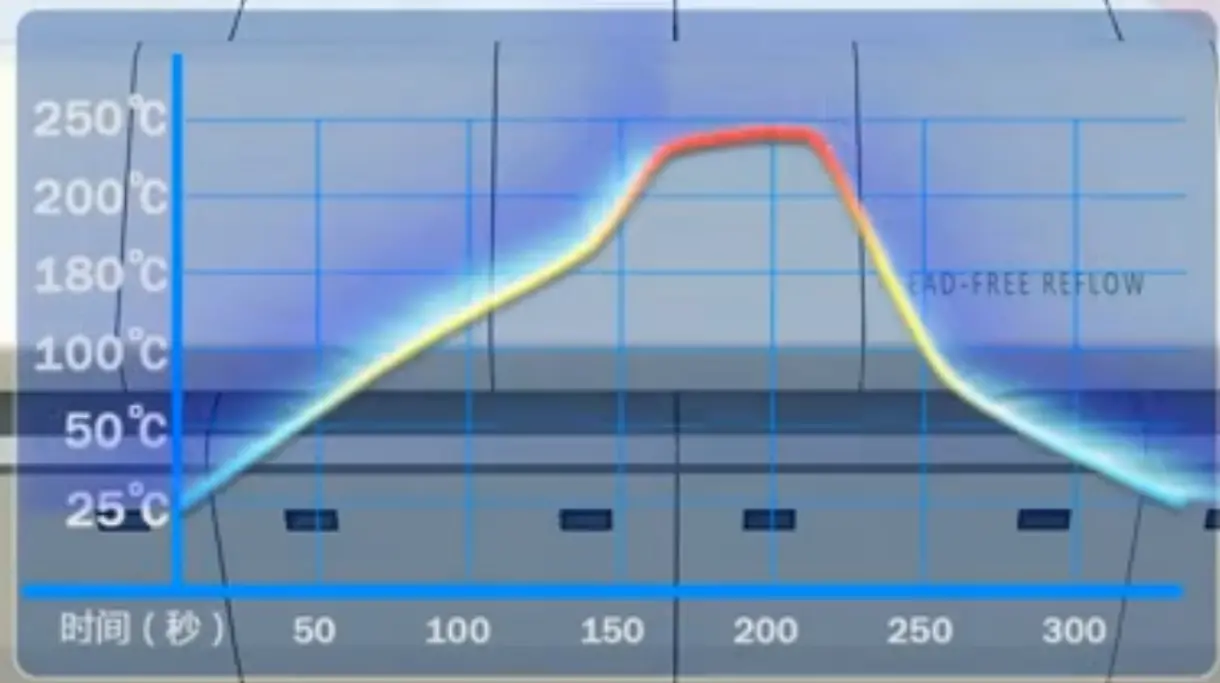
In many aspects, the reflow soldering method is similar to conventional soldering. However, the main distinction is that warm air is used instead of a soldering iron to melt the solder. The complete assembly is run through an infrared-lit reflow oven. The solder that links the electrical components and melts in the air is heated by the light.
Reflow Soldering Temperature Stages
Below are the four steps of reflow soldering. The reflow soldering temperature stages need to be taken good care of during reflow soldering.
Preheating
The lower melting solvent in the solder paste is to be volatilized in the preheating zone. Solder paste's primary flux ingredients are solvent, viscosity enhancer, active agent, and resin. The preheating area must manage the rising temperature to volatilize the solvent. A heating rate that is too high can subject the components to thermal stress, which could harm them or shorten their performance/life. This is the first stage of reflow soldering temperature.
Soak or Thermal Soak
The part of the reflow oven where the temperature rises from the solder paste's melting point of 120 °C to 150 °C is referred to as the heat preservation section. The major goal of the heat preservation section is to reduce temperature differences and stabilize the temperature of each element in the SMA. Provide enough time in this region to guarantee that the flux in the solder paste mixer is fully volatilized and that the temperature of the bigger component catches up to that of the smaller component. The second stage of reflow soldering temperature is this.
Reflow Soldering
The solder pastes entirely reflows during the reflow stage. The alloy powder melts and soaks the PCB pads and components before the lead-free reflow temperatures reach their peak, which is between 240 °C and 248 °C. The reflow oven maintains its peak temperatures for a while to allow the alloy liquid to reflow and maintain an equal temperature across the PCBA in case of tomb's toning. The peak temperature lasts between 10 and 30 seconds during the lead-free reflow stage, which is between 40 and 70 seconds long. That’s the central part of reflow soldering temperature.
Cooling
This is the final stage of reflow soldering temperature. A cooling zone serves as the last zone, slowly cooling the processed board and setting the solder connections. Proper cooling prevents excessive intermetallic development and thermal shock. The cooling zone typically has temperatures between 30 and 110 °C. To produce a fine-grain structure that is the most structurally sound, a rapid cooling rate is employed. Most often, a cooling rate of 4 °C/s is recommended. It is a factor to take into account while examining process results.
Conclusion
In conclusion, reflow soldering is the best method for attaching several surface-mount electrical components to a board. The air is heated, and the solder is melted using infrared light. Let us know if you have any more questions or doubts, and our team of specialists will be happy to assist you.
In China, Shenzhen JT is one of the top experts in the reflow soldering process and reflow soldering temperature maintenance. We have been certified by many authenticated organizations. Visit our website for more.

